Fire Emblem Warriors: Three Hopes Review
After I completed Fire Emblem: Three Houses for the first time, I remember thinking to myself that the game would be ripe for expanding upon in some way either through DLC or a sequel. While it did receive one piece of story DLC, it wasn't quite what I had hoped for. Koei Tecmo and Intelligent Systems had created such an elaborate world & history that it would be a waste if it was only contained to one title. I felt Fodlan would be perfect for a 2nd Fire Emblem Musou game, although I knew that could be disappointing for some fans that were unhappy with the original Fire Emblem Warriors. So, in the end I got my wish, but how would it end up?
In an alternate retelling of Fire Emblem: Three Houses, Fire Emblem Warriors: Three Hopes has a new protagonist Shez (who can be renamed) encountering Edelgard, Dimitri, and Claude on their way to Remire Village. Since the meeting with Three Houses protagonist Byleth never happens, Shez is instead recruited to join the Officer’s Academy at Garreg Mach Monastery as a student, with Jeritza taking on the role as their professor. After only a short time spent at the academy, the students are sent home as unrest builds in each of Fodlan’s three nations. Two years later as the leader of the Adrestian Empire, Edelgard declares war on the Church of Seiros, which plunges the continent into war. I played through all three routes for this review.
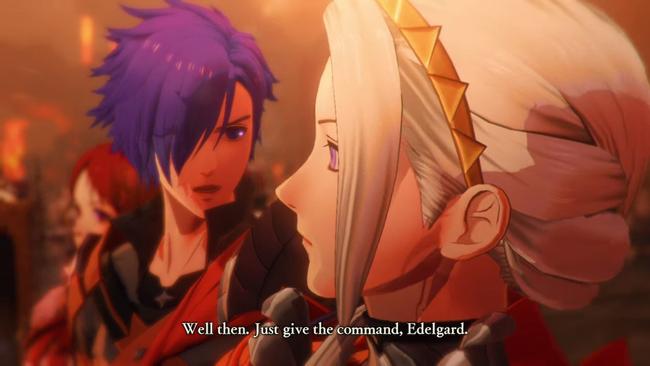
In a few ways, it feels like Intelligent Systems and Koei Tecmo wanted another shot in telling Fodlan's narrative. As if to address player complaints about the pace of Fire Emblem: Three Houses, especially in the early going, Fire Emblem Warriors: Three Hopes starts fast and continues to deliver story moments at a steady pace. In Scarlet Blaze, this is especially true. A commonly found criticism of the Crimson Flower route in Three Houses was that it did not provide a conclusion that felt satisfying.
Despite Edelgard singling Those Who Slither in the Dark as being her enemy, she never directly confronts them, with the encounter relegated to a mention in the credits. Almost as if to right a wrong, in Three Hopes, Edelgard confronts Those Who Slither in the Dark right away, which I'm sure pleased those of us who played through Crimson Flower. Also, the Golden Wildfire route in Three Hopes showed off a new side of Claude, which helped to give Claude more character and personality- something I felt he lacked in Three Houses. I was a bit disappointed in the Azure Gleam route, as I felt it didn't add that much to Dimitri's story or character.
Much of my enjoyment of Fire Emblem games often comes from its cast of characters moreso than the front-to-back narrative. I'm a huge fan of the Three Houses/Hopes cast, as most of the characters are well-written and have complex individualities regarding their social status and personal backgrounds. However, it feels that Three Hopes does have the expectation that you've played through Three Houses first, as most returning characters don't dive too much into their backgrounds here. There are also less support conversations in general in this game, and it seems to me that several characters that had thoroughly fleshed out conversations in Three Houses have little to none in Three Hopes.
A notable example of this, in my mind, is the relationship between Edelgard and Lysithea. As the only Golden Deer unit that could be recruited in Three Houses by the Black Eagles in the second phase of the original game, Lysithea built an amazing relationship with Edelgard that delved deep into their shared circumstances. Edelgard once again extends the invitation to Lysithea in Three Hopes, but I was disappointed to find out that they don't have any support conversations. Each faction gets a brand new member in this game who wasn't playable in Three Houses, so seeing these new support conversations was at least a welcome treat.
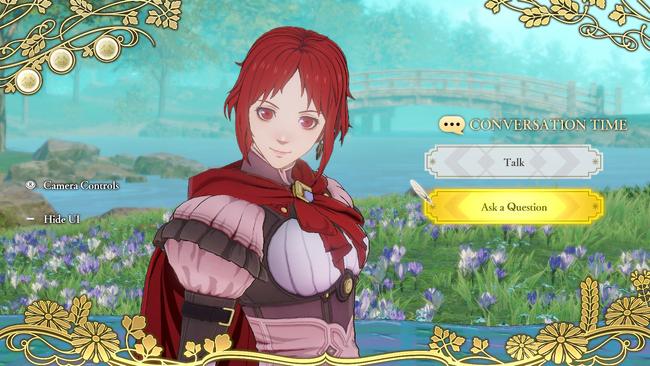
Three Hopes retains most of the gameplay components that made the original Fire Emblem Warriors a blast to play. Fire Emblem's "weapon-triangle" makes a return in Three Hopes, but it has been expanded to include other weapon types as well. Bows, gauntlets, and magic now have their own weapon-triangle, which helps mix up the gameplay. Having a weapon-advantage over an enemy will allow you to break their guard after a certain number of hits, and you will also deplete their break gauge faster. Destroying a break gauge allows you to perform a "critical rush", which is a wide AoE attack that will clear the immediate vicinity of enemies.
Setting your units up for success is key in Fire Emblem, and Three Hopes is no different. You need to make sure you're bringing in the most suitable units for each excursion. Three Hopes gives you four playable characters per battle, as well as an additional four uncontrollable units for the main story battles. You are still able to order the four other units around the battlefield by pausing the game and ordering them to do various tasks, and you will likely spend a decent amount of time in the Battle Map menu issuing orders. The maps in Three Hopes can get pretty complex, with multiple objectives that need to be completed. You will need to bring a wide variety of units to make sure you're ready for any possibility that could arise.
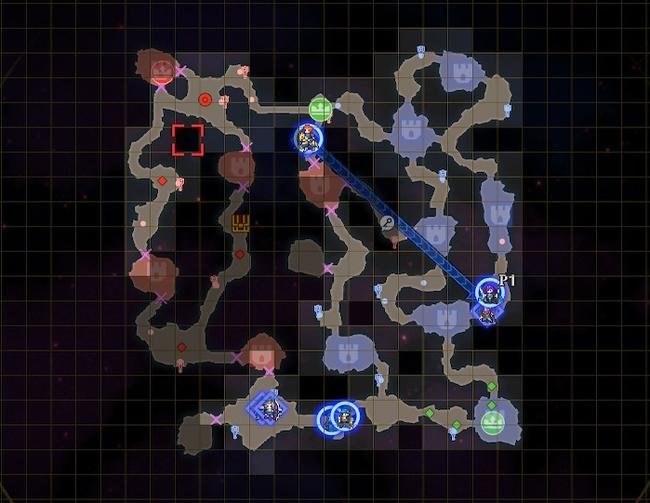
The original Fire Emblem Warriors was criticized for its multiple "clone" characters who shared the same moveset. While Three Hopes does suffer from cloned movesets as well, each unit also exhibits a unique ability that helps mix up the gameplay variety somewhat. Natural mounted units like Jeritza and Lorenz play slightly differently from each other, with Jeritza building up a powerful shockwave slash, and Lorenz is able to summon a barrier of roses to guard against enemy attacks. It doesn't completely solve the issue of clones, but it helps out a little. The only characters with truly unique movesets are the lords: Shez, Edelgard, Dimitri, and Claude. Even with those four, it's only if you're using their unique class.
Speaking of classes, unlike the original Fire Emblem Warriors, or most other Fire Emblem games in general, Three Hopes retains Three Houses' feature of allowing your units to reclass into just about anything you want them to. There are a few gender-specific classes like the gauntlet-wearing War Master being reserved for male units, and the series' signature Pegasus Knights reserved for female units, but otherwise you can build units to suit your mood. I felt that the Black Eagles have too many mages, for example, so you could consider reclassing one of them into something else.
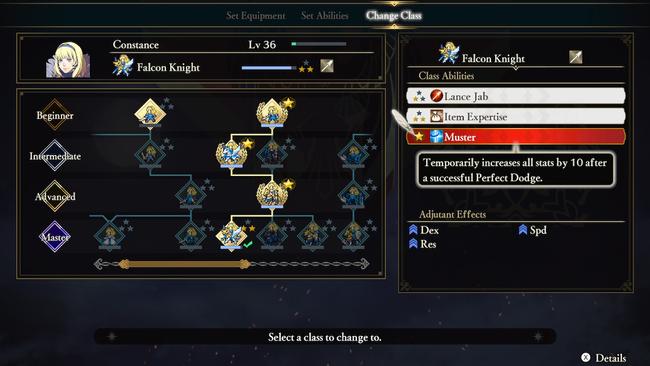
One persistent issue that I have with this game is the lack of map variety. I think I can count the number of maps in the game with my two hands. Despite each route having around 60 missions altogether, the unique map count won't hit double digits. You'll find yourself treading through the same maps several times over for most of the game, with the only difference being the time of day and having a different section of the map to play on.
The most enjoyable battles in Three Hopes are the end-of-chapter fights. In these battles, the game offers you the use of 'strategies' which remind me of the 'Tactics' that are used in some of the Empires spin-offs of the Dynasty and Samurai Warriors games. These strategies can change the course of a battle with their use, allowing you to gain a strategic advantage or blunt an enemy stratagem. You can have the enemy start off with reduced HP, deploy other units to assist your own in battle, or recruit enemy generals for your own side. Besides gaining characters through the story mode, this is the only way to recruit characters outside of your own faction.
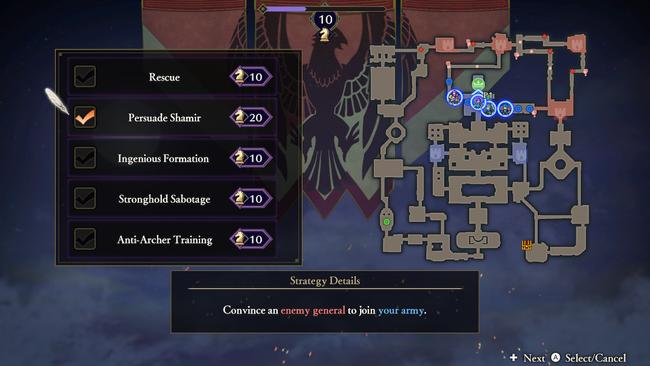
Perhaps surprisingly, Three Hopes has a noticeable graphical edge over Three Houses. Three Hopes gets rid of the static 2D backdrops used during Three Houses' support conversations, and the 3D character models are significantly improved. The game also runs pretty well, which might be due to the fact that the game only allows ~100 character models to be on screen at any one time, even if there should be more units in that location. I could only hit around 85 or so KOs on a Musou attack, and enemies would spawn immediately after the Musou attack finished. Regardless, it's a considerable improvement over Age of Calamity, which was Koei Tecmo's latest Nintendo Musou attempt on the Switch before Three Hopes.
Fire Emblem Warriors: Three Hopes is a great piece of expanded lore for people who loved Fire Emblem: Three Houses. It has a new and interesting take on the story of Fire Emblem: Three Houses, and it expands on the relationships of these established characters. It also makes a number of improvements regarding performance and graphics, which is a promising sign as Koei Tecmo continues to improve how well their games run on the console. Whether it's just for reuniting with your favourite house for 40 hours or taking on the entire three-route adventure, Fire Emblem Warriors: Three Hopes should satisfy your journey back to Fodlan.